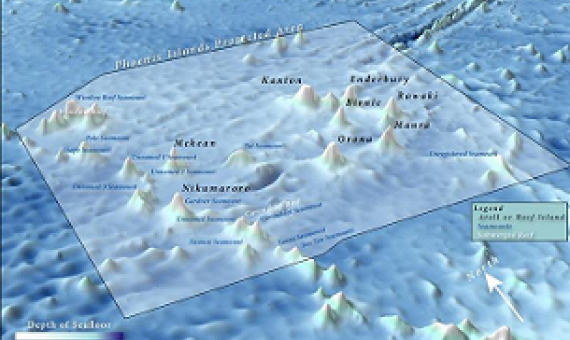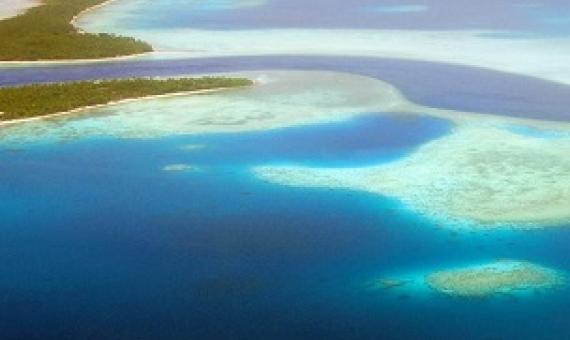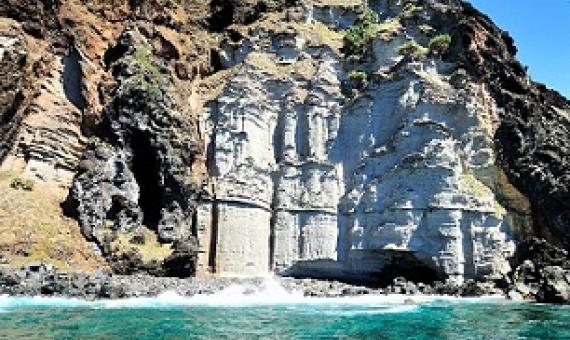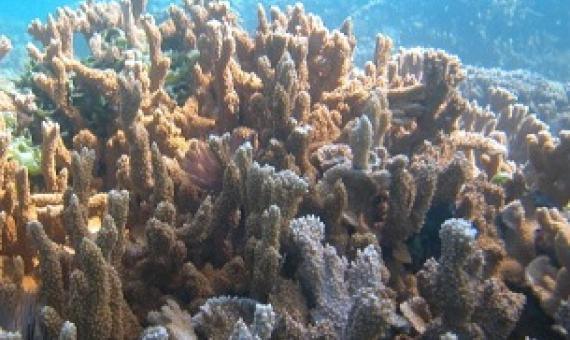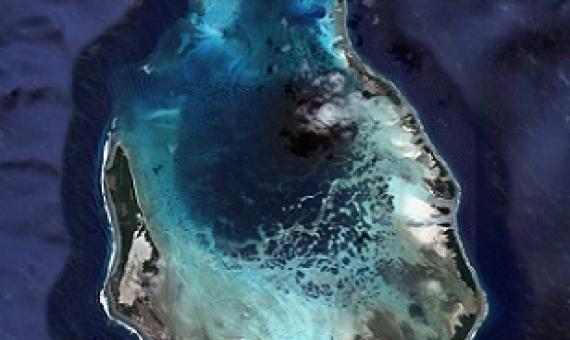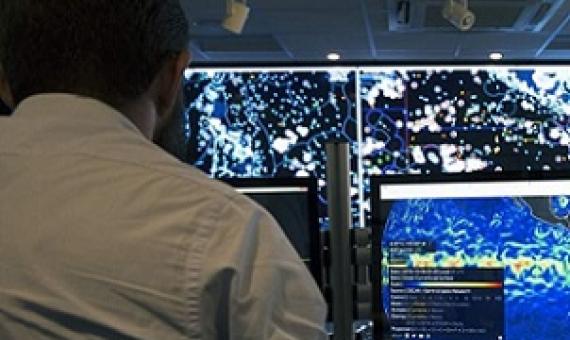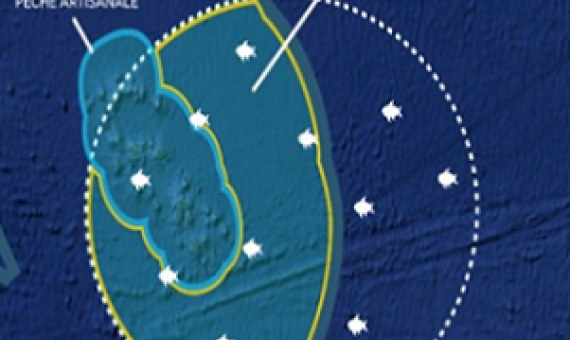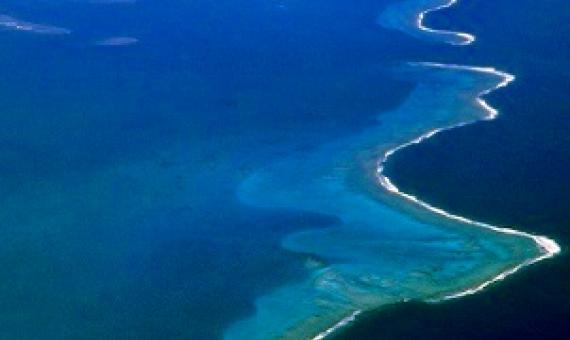A marine scientist in Hawaii says the Phoenix Islands Protected Area is incredibly strategic in the Pacific, especially in this age of climate change.
The Kiribati Government has decided to open up one of the world’s largest marine reserves to commercial fishing and de-register it as a World Heritage site. The Phoenix Islands Protected Area (PIPA) spans over 400,000 square kilometres and borders US waters...Former President Anote Tong, who
Since 2006, Kitty Simonds has used her position and the resources available to her as executive director of the Western Pacific Regional Fishery Management Council to organize and facilitate a fierce resistance to the establishment or expansion of marine monuments.
Effectively managing marine ecosystems—by preserving biodiversity, protecting ocean-based livelihoods, and ensuring sustainable fisheries—requires a lot of information about threats, and about species location, abundance, and food and habitat needs.
The Pitcairn Island Council recently published a five-year plan providing a framework and long-term direction for managing activities, monitoring, compliance and enforcement of the Pitcairn Islands marine protected area (MPA).
Protecting the world’s oceans and its resources could be coming closer to reality as countries gather this week in China for the United Nations Conference on Biological Diversity.
Leading environment groups have welcomed the Morrison Government’s draft plans for two new marine parks off Christmas Island and the Cocos (Keeling) Islands, saying the proposed parks will be a major step forward for global marine conservation and for the local communities.
Creating large-scale marine protected areas (MPAs) can be a powerful way for governments to safeguard entire ecosystems. But the success of those MPAs in delivering conservation benefits depends on effective management.
A crucial event for the protection of biodiversity, the World Conservation Congress in Marseille received many ambassadors from island territories, including Polynesia.
An international team, which includes researchers from IRD and CNRS, published a novel Marine Protected Areas (MPA) guide in the journal Science on 9 September 2021.

